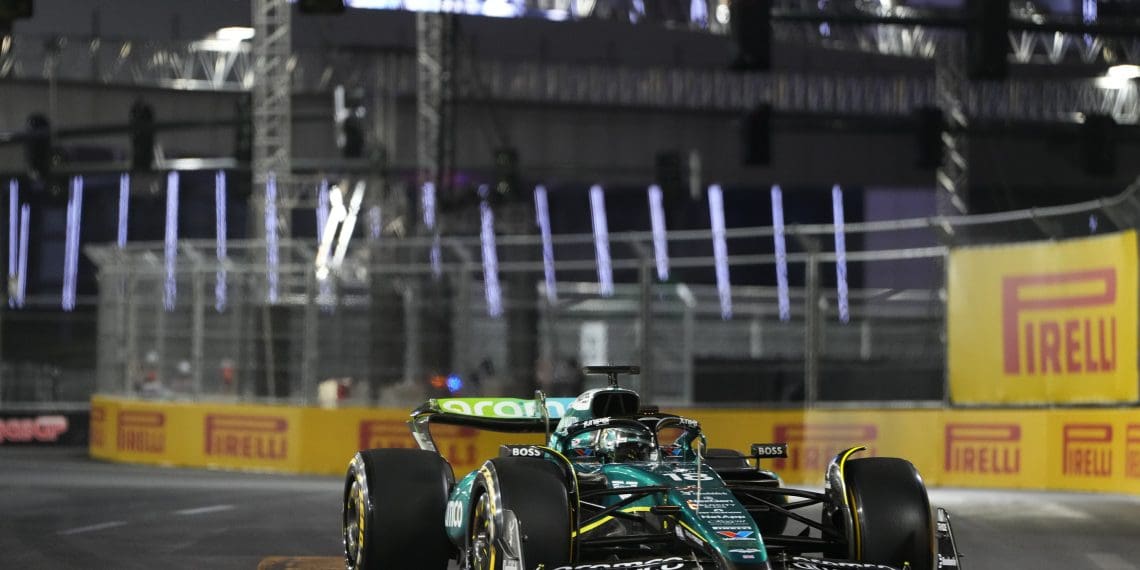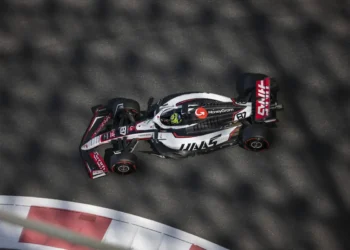Aston Martin has set its sights on Formula 1’s seismic regulation shift in 2026 as a golden opportunity to join the sport’s elite. Under the leadership of CEO Andy Cowell, the British outfit is overhauling its approach, aiming not just to compete but to dominate in the long term.
A disappointing 2024 spurs change
Despite finishing fifth in the Constructors’ Championship in 2024, Aston Martin endured a significant slump, amassing 186 fewer points than the previous year. Early-season promise gave way to a frustrating lack of progress, as development struggles pushed the team into the midfield.
Cowell, who took charge in June 2024, admitted that a key failing has been the poor performance of their car upgrades:
“We definitely won the World Championship for the most updates in 2024, but those updates didn’t deliver the lap time—and what everybody wants in this business is to deliver lap time.”
The internal shake-up has seen Mike Krack, previously team boss, transition to a trackside role, with Cowell spearheading the ambitious restructuring.
State-of-the-art facilities: Aston Martin’s game-changer
Aston Martin’s bid to close the gap on F1’s frontrunners is backed by a major investment in its Silverstone base, now branded as the AMR Technology Campus. The cutting-edge facility features advanced CFD tools and a new wind tunnel—billed as the sport’s most sophisticated—both designed to minimize costly correlation errors between simulations and on-track performance.
Cowell emphasized the importance of using these tools effectively:
“We need to ensure that whenever we take an update to the circuit, we’re at least 90% certain it’s going to work on the track. That’s the level world championship-winning teams operate at, and it needs to be our aim.”
Honda partnership: the 2026 catalyst
Aston Martin’s 2026 plans are further bolstered by their upcoming works partnership with Honda, which will see the team transition from a customer outfit to a fully-fledged factory team. This includes the daunting task of designing and manufacturing their own gearbox and other key components previously supplied by Mercedes.
Cowell acknowledged the scale of the challenge but sees it as a necessary evolution:
“We’ve got to make the transition from a customer team to a works team at the same time as the new regulations come into play. It’s a huge opportunity but also a massive challenge.”
Eyes on the future: beyond 2026
While 2026 is a critical target, Aston Martin is taking a long-term view. Cowell made it clear that the team’s ambitions extend well beyond the upcoming regulation reset:
“2026 is important, but it’s just another step on the journey. This is about building a team for sustained success in ’27, ’28, ’29, and beyond.”
Immediate focus: sharpening processes in 2025
Before tackling the 2026 revolution, Aston Martin is focused on refining its operations in 2025. Cowell stressed the importance of building momentum to ensure the team is ready to hit the ground running when the new rules come into effect:
“2025 is an important step. We must improve our performance this year and carry that positive momentum into 2026.”
Aston Martin’s bold ambition
The 2026 regulation changes represent a rare opportunity for teams like Aston Martin to challenge the established hierarchy of Formula 1. With state-of-the-art facilities, a works engine partnership with Honda, and a clear long-term vision, Aston Martin is positioning itself as a serious contender in the new era.
For now, the focus remains on fine-tuning their processes, but the message is clear: Aston Martin isn’t just aiming to compete—they’re aiming to dominate.










